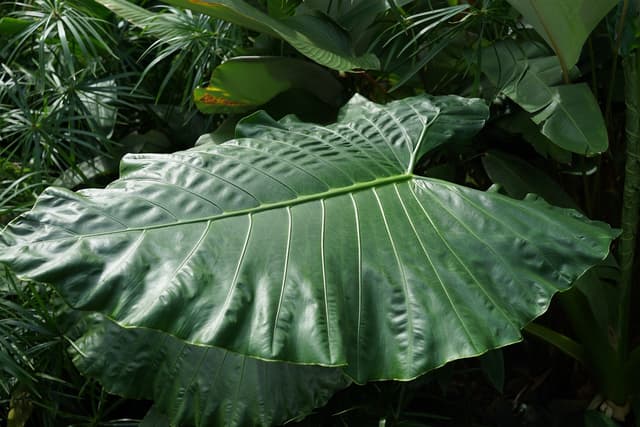Weather and the seasons: winter
I can think like a geographer in the school grounds to notice, locate and explore signs of winter.
Weather and the seasons: winter
I can think like a geographer in the school grounds to notice, locate and explore signs of winter.
These resources will be removed by end of Summer Term 2025.
Lesson details
Key learning points
- It is winter in the UK in December, January and February.
- Winter is the coldest time of the year and has the fewest hours of daylight.
- We can see signs of winter by observing the weather, plants and animals.
- We can make and compare seasonal maps of the school grounds to help us talk about changes.
Keywords
Winter - Winter is the season between autumn and spring. In the UK, we experience autumn in December, January and February.
Seasons - The seasons are four times of year that have different weather and they are spring, summer, autumn and winter.
Daylight - Daylight is the time when the natural light from the sun lights the sky.
Common misconception
It is always snowing in winter.
If conditions are right and it is cold enough then it will snow during the winter months. There are some days in winter that are mild and not cold.
To help you plan your year 1 geography lesson on: Weather and the seasons: winter, download all teaching resources for free and adapt to suit your pupils' needs...
To help you plan your year 1 geography lesson on: Weather and the seasons: winter, download all teaching resources for free and adapt to suit your pupils' needs.
The starter quiz will activate and check your pupils' prior knowledge, with versions available both with and without answers in PDF format.
We use learning cycles to break down learning into key concepts or ideas linked to the learning outcome. Each learning cycle features explanations with checks for understanding and practice tasks with feedback. All of this is found in our slide decks, ready for you to download and edit. The practice tasks are also available as printable worksheets and some lessons have additional materials with extra material you might need for teaching the lesson.
The assessment exit quiz will test your pupils' understanding of the key learning points.
Our video is a tool for planning, showing how other teachers might teach the lesson, offering helpful tips, modelled explanations and inspiration for your own delivery in the classroom. Plus, you can set it as homework or revision for pupils and keep their learning on track by sharing an online pupil version of this lesson.
Explore more key stage 1 geography lessons from the Seasons: how does the weather change through the year? unit, dive into the full secondary geography curriculum, or learn more about lesson planning.

Licence
Starter quiz
6 Questions
Exit quiz
6 Questions





